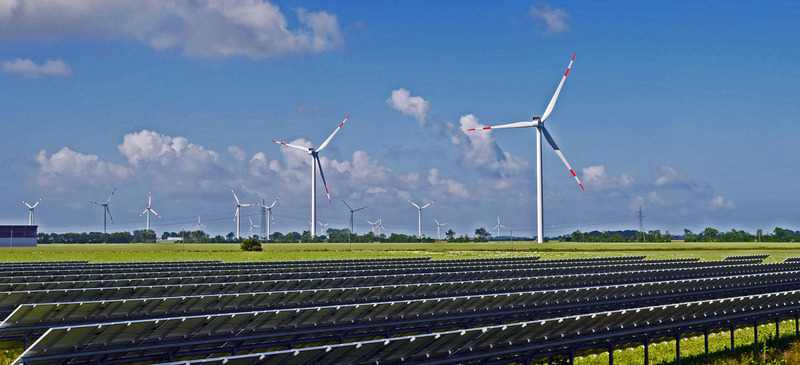2018: photovoltaic and wind power win over coal in Europe
In 2018, renewable electricity reduced CO2 emissions in the EU energy sector by 5%, with the phasing out of coal. The share of wind and solar energy, as well as biomass and hydropower, increased to 32.3%.
These are the results of the annual evaluation of the EU electricity system for 2018 by Agora Energiewende and Sandbag, the German and English think thanks.
New wind, solar and biomass plants have replaced hard coal, mainly in Germany, the UK and France, and a return to normal levels of hydropower production has reduced gas production. As a result, total coal production in the EU decreased by 6% in 2018 and was 30% lower than in 2012.
The difference between hard coal and lignite remains clear.
The phase-out of hard coal is accelerating, lignite remains stable.
Hard coal production fell by 9% in 2018 and is now 40% below its 2012 level. This decline will continue as three-quarters of EU hard coal production is located in countries with phase-out plans such as Spain and Germany.
Europe is showing that replacing coal production with renewable energy is the fastest way to reduce emissions. In just six years, between 2012 and 2018, annual CO2 emissions from coal-fired power plants in Europe fell by 250 million tonnes without increasing emissions from natural gas power generation.
Growing solar energy
In northern Europe, solar generation reached record levels thanks to the very hot and dry summer of 2018. This has helped bridge the generation gap, as hydro, coal, wind and nuclear generation are all stumbling blocks. In six EU countries (Ireland, Finland, Hungary, Poland, Sweden and Croatia), the share of solar energy remained below 1%.
Despite the 10 gigawatt growth of photovoltaics, the EU has only a share of less than 10% of the world solar market, which last year included 109 gigawatts.
On the positive side, however, three countries, Spain, France and Italy are now aiming for a solar power of 45 gigawatts and more.







